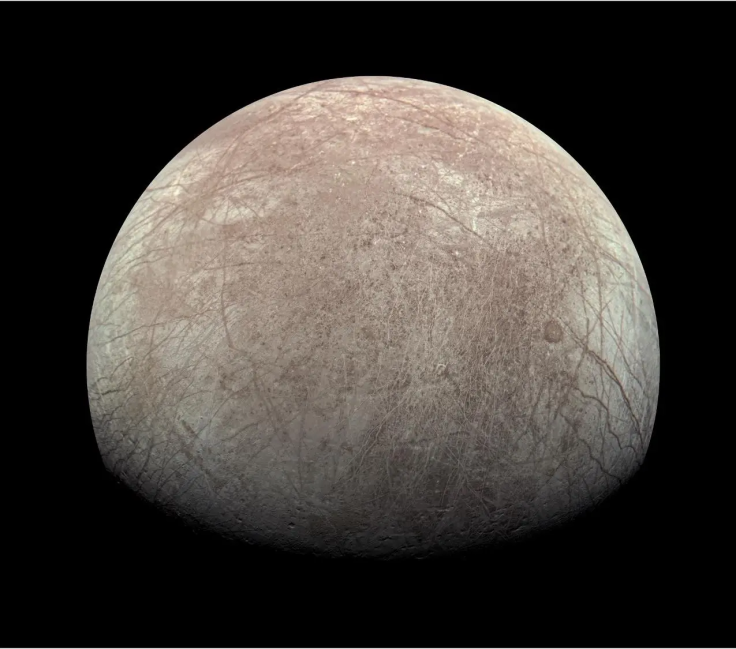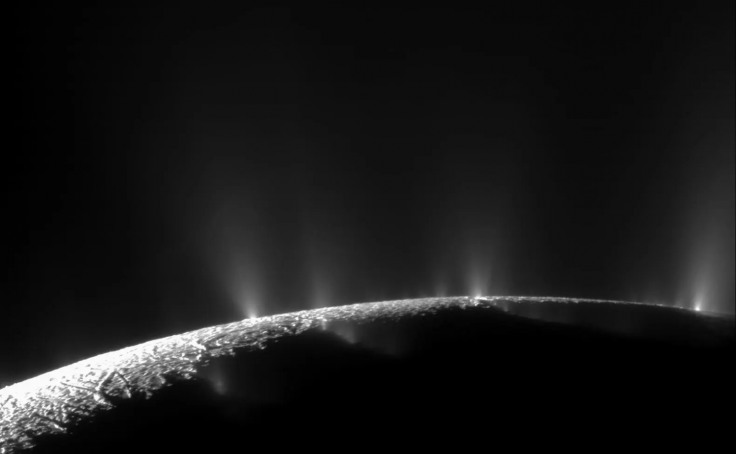NASA's search for signs of life in outer space has invigorated after a new study found that lifeforms could potentially survive in Jupiter's and Saturn's moons, Europa and Enceladus.
In a press release last Thursday, NASA scientists raised the possibility of life surviving under the frozen surfaces of these moons.

Lead researcher Alexander Pavlov claimed "biosignatures" like complex organic molecules and amino acids could exist under Europa and Enceladus in areas undisturbed by meteor impacts and constant radiation bombardment of the sun.
NASA Scientists Hopeful on Signs of Life in Europa, Enceladus
So far, Pavlov and his team found amino acids could survive safely 8 inches under Europa's surface with a bigger chance of lifeforms existing 10 inches under Enceladus as these molecules could survive "radiolysis, breakdown by radiation, at any location" in Saturn's moon.
Amino acids are among the first structures of lifeforms that could exist in harsher conditions and among the first signs of life scientists often look for to determine a moon or a planet's suitability to sustain life, as they did with the moon and Mars.
NASA scientists are currently proposing to deploy robotic landers to further explore the moon's surfaces.
Why Enceladus and Europa?
Scientists have long proposed orbiters and exploration missions on Europa and Enceladus due to the high possibility of these moons sustaining some form of life.
This is due to how these moons are composed and exist.
Both moons have frozen surfaces that constantly shift from the undisturbed water underneath, one of the first sources of life.
Enceladus, in particular, is popular for holding vast amounts of water under its surface because of the regular water plumes that could go as high as 6,000 miles detected when sunrays hit the planet.

NASA is already developing a snake-like robotic surveyor to explore Enceladus's icy surface to collect sample materials.









